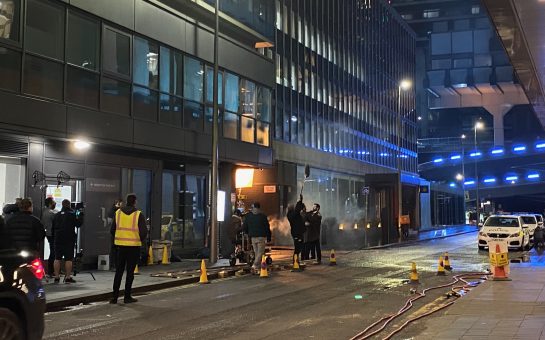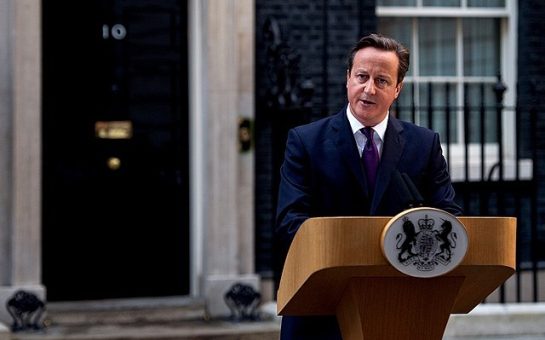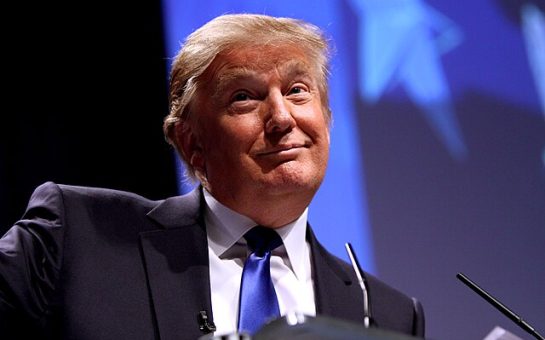Nestled 30 metres below the surface of Manchester’s bustling Chinatown is the city’s very own nuclear bunker.
Camouflaged by an inconspicuous and unexceptional building, mesh wires and high walls, the bunker and its surrounding network of underground tunnels stretch some four miles – otherwise known as the Guardian Underground Telephone Exchange, or previously identifiable as ‘Scheme 567’.
It was designed to safeguard communications and protect government officials in the event of a nuclear attack during the Cold-War era of hostility that dominated the global politics of the 20th century.
Its discovery, after being declassified from the official secrets act in the late 1960s, has been the source of much intrigue and controversy for conspiracy theorists and sceptics alike.
Built between 1945 and 1954, the safe place was constructed at a £4million expense to NATO – testament to the turbulence of the times.
Senior lecturer of Modern history from the University of Essex, Dr Matthew Grant, informed MM that the bunker and tunnels were a pragmatic response to a very genuine threat.
“By 1948/1949’ it’s clear that there isn’t going to be a peace agreement and there is a real threat of war,” he said in a telephone interview.
“From 48’ onwards with the Berlin crisis, that’s when the government really starts to step up its preparations for potential war – the key thing about this period, is that there was a widely held assumption that Britain would be fighting another war.”
What was central to the way that Britain responded to the Cold War crisis, Dr Grant suggests, were living memories of the Second World War.
“Britain had an overly optimistic view of its ability to survive an atomic war because of the memory of the Second World War.
“Ideas about the blitz and standing up to Hitler got transferred to the idea that Britain would be very resilient and able to stand up to the Cold War.”
Mattias Eken on Understanding the Imaginary War: Culture, Thought and Nuclear Conflict, 1945-90 https://t.co/KioR1XLTHv @ManchesterUP pic.twitter.com/q49v2Kd2fh
— Danny Millum (@ReviewsHistory) July 20, 2017
Though rumoured to protect civil servants and elites, Britain’s response methods were concerned more with carrying on as normal, and less with protecting the ‘chosen few’ at any cost.
“Perhaps later it might have got turned into a Dr Strangelove-esque system of protecting important people, but in the 50s that wasn’t the intention. It was a case of what would be needed to make sure the country and its regions could continue producing supplies for a nation at war.”
Although the suspense of the nuclear standoff between the USSR and USA has since lapsed, new-found public knowledge of this unique underground cavern serves as an eerie reminder of the tensions of past.
Today, the bunker and its surrounding network are used for the less gloomy function of communications and storage, but could the structure ever successfully fulfil its intended purpose?
In 2014, Dr Martin Dodge shared his insight with MM regarding the practicality and functionality of the bunker, declaring that even in its own time the structure may not have withstood the impact of a nuclear attack.
By the time of its completion in the 1950s, ironically, the construction proved itself outdated.
“By the time it was finished it was not deep enough or strong enough to keep people safe from hydrogen bombs. By the time it was built the world had moved on,” said Dr Dodge.
Dr Grant said much the same.
“In terms of a direct nuclear attack on the UK – a structure like this would be useless.
“But if a bomb exploded elsewhere and there was radioactive fallout, it would remain entirely useful. Then again, an underground car park would be too.”
Practical and defensive safe space? Or the irrational outcome of a widespread moral panic?
“It’s a difficult process to try and truly recapture the fear that people had in the 50s about the potential of an atomic bomb attack,” said Dr Grant.
“What’s key is that the government were genuinely worried that something might happen that was beyond their control.”
Nevertheless, though allegedly impractical in its own time, the shift in the global political climate following 9/11 engendered a renewed interest in underground structures such as these, Dr Dodge alleged.
“Since 9/11 the police have become much more interested in underground spaces. They are much more wary.”
This begs the question of whether the current political landscape home to Trump’s America will revive a new interest into bunkers like this.
In a new climate of nuclear fixation and ever-threatening rhetoric between the East and West, with bombast like this, the veil between past and present seems thinner than ever before.
“There’s been a huge surge in tourist interest in places like this,” said Dr Grant, adding current rhetoric will definitely ignite further interest.
“People are more likely to be interested in the histories of these sorts of tensions and the way these tensions are understood and interpreted lean very heavily on what’s been perceived from the Cold War.”
There’s a nuclear bunker under Manchester – anyone know the way in? #TrumpInaguration
— Glen Mitchell (@GlenMitchell1) January 20, 2017
Image courtesy of Scott Wylie via Flickr, with thanks.



